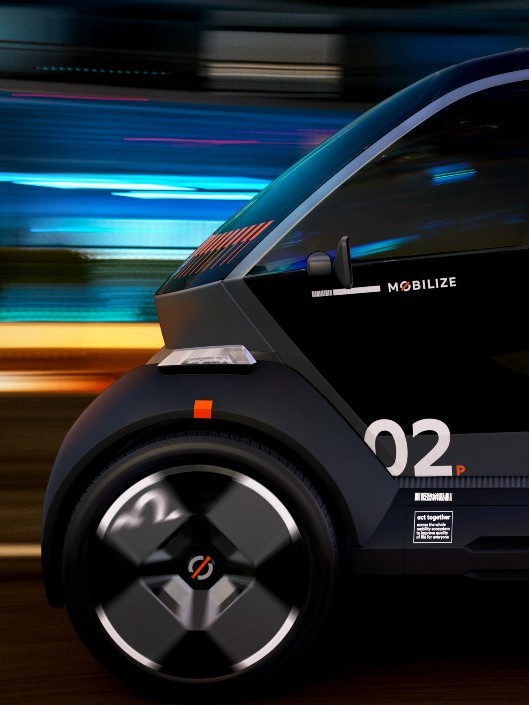what is an NFT?
To understand what an NFT is, first you have to understand the blockchain – which is an internet network on which data is exchanged and archived in a decentralised way, so basically, without a middleman. It’s the user who guarantees the data distribution and verification. NFTs (non-fungible tokens) are cryptographic assets, such as an image, a contract or an original creation, which are stored on the blockchain. So basically anything that can be digitised can be an NFT. An NFT can be compared to a work of art: it can be passed on or copied, but remains resolutely unique and indivisible – or “non-fungible,” in economic terms. Each NFT is therefore given an identifier which guarantees its authenticity and ownership, which cannot be counterfeited. As such, the ownership certificate and maintenance log that follow a vehicle throughout its life are data like any other. So it was only to be expected that the car industry and NFTs would someday join forces.
why would a decentralised system be more secure than any other type?
The advantage of a centralised system is that it always converges towards an entity that ensures its proper functioning. For example, for a computer network, all workstations link to the same central server. Although it’s easier to manage, if there’s a breakdown or hacking, the entire network goes down. A decentralised system avoids such risk. If one part of the network malfunctions, it doesn’t prevent the rest of the network from functioning properly. However, this is not enough to guarantee that information cannot be falsified. The blockchain has a solution for this. It’s often compared to a ledger shared by its users: everyone can write in it and check what is written, but no one can decide to change or delete information unilaterally. This kind of system is based on data transparency, i.e. all users have free access. It’s quite easy to understand what advantages the used-car market, which is looking for traceability, can get from this feature. This shared accessibility coupled with data interconnection is what ensures greater integrity in a decentralised system.
why buy a car NFT?
First of all, an NFT is a piece of data. It’s not necessarily something that can be bought. A car NFT therefore concerns information relating to a vehicle. In fact, it’s similar to a sort of digital maintenance log which records directly on the blockchain the various transactions implemented throughout its life, such as its mileage, repairs with new spare parts, car services or tyre changes. Any maintenance performed is automatically added to its associated NFT and cannot be altered, thus giving buyers, garages and insurers a complete history of the car. This obviously changes a lot of things, especially for the used car market. Odometer fraud (or mileage clocking) and modifying any repair work has now become impossible. At the time of resale, the car NFT offers added value for the seller and traceability of repairs for the buyer.
is it really impossible to cheat with this system?
Yes, once the information has been entered into the NFT, it is impossible to defraud it. The risk of deliberately withholding information is all the rarer now that the handling of accidents and breakdowns is highly digitised, so we can legitimately conclude that the NFT is secure.
is the tech already gaining ground in the industry?
The first vehicles with an NFT digital certificate have already been released on the market, available in a rather high-end positioning whereby the NFT strengthens the models’ unique character. The vehicles marketed today will therefore have this original guarantee which will follow them throughout their existence. For now, NFTs are mainly put forward as a selling point to attract drivers who are early adopters of digital tech. But a market is undeniably emerging. It’s not really surprising when you realise just how connected vehicles are to the digital world today. In the future, vehicles will undoubtedly no longer be released on the market without a certificate.
how else are NFTs being used?
NFT couldn’t stop there. Related initiatives are now being developed in the world of cars. For example, Renault launched a blockchain-based experience to celebrate the 50th anniversary of its iconic R5. On top of that, the carmakers launched its Racing Shoe5, a range of sneakers whose design is inspired by the legendary Renault 5 Turbo, available to buy from the brand’s first virtual, immersive store. Buyers are assigned a digital collectible, an artistic representation of their shoes in the form of an NFT, which also contains all the information related to the product, such as to prove their authenticity, the materials used, their origin and the date of purchase. This exclusive ownership deed can then be used to collect the sneakers “in real life.” This is a successful example of the real and the virtual combining together, which proves that the use of NFTs is not reserved for insiders only, but can have many applications in our daily lives. It goes to show that the only thing probably limiting this expanding market is our own imaginations.






